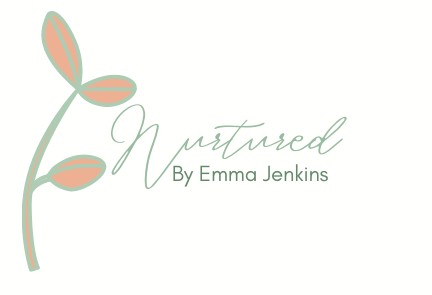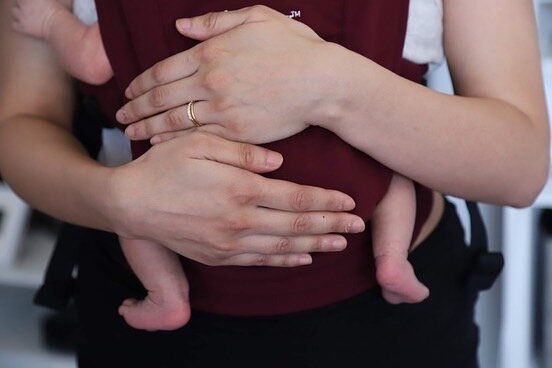What’s all the fuss about the ‘M position’?
Eeep the gorgeous little legs of Miss 2.5 weeks I met on the weekend at an ‘in your home’ consultation 😍
So what’s all the fuss about the ‘M’ position for babywearing? And do narrow based carriers cause hip dysplasia ?
🌼To get the most optimal position for you and your baby you basically want your carrier to be an extension of you. The more perfectly your carrier moulds around both of your bodies, the more comfortable you will both be and the more baby is supported in their developing bones, joints and muscles.
🌼The hips are particularly vulnerable in the first few months of life, especially as the socket has been stretched a bit during birth. For all activities where your bub will be held in one position for a while such as swaddling and babywearing, it is recommended to support the hips in the M position or frog squat, which takes any potential strain away from the ball and socket.
NB: Straight/dangling legs do not CAUSE hip dysplasia, however given that 15% of infants go undetected for any hip instability during the first few months of life, the M position can be considered a preventative, best practice method to ensure that nothing will exacerbate an already present issue.
Fun facts:
🌱Babies usually spend their time in the womb with knees and hips bent and all bunched up and snuggly 🥰 🌱You’ll notice if you pick up your newborn they will naturally take on this kind of cuddly shape. It is a natural ‘clinging position’ for them.
🌱The M position with knees above bottom supports healthy hip development. If baby’s legs are straightened/dangling, and worn in such a way for an extended period of time, that can be a risk for developing or worsening hip dysplasia.
🌱After about 6 months of age; baby has nearly doubled in size and the hips are much stronger and more robust, so straight legs aren’t such an issue any more. However you’re likely to find that your baby will still be far more comfortable in a carrier that continues to support them in a nice wide seat rather than something dangly. This can be a factor in carrying strikes and can lead to an early end to your babywearing journey.
NB: This is simply a helpful rule of thumb and meant as information sharing based on research from the hip dysplasia institute. We advocate all kinds of ‘safe’ babywearing dependent on individual needs and carriers, and including narrow based carriers as well. We celebrate all parents who nurture their babies with the practice of babywearing.


